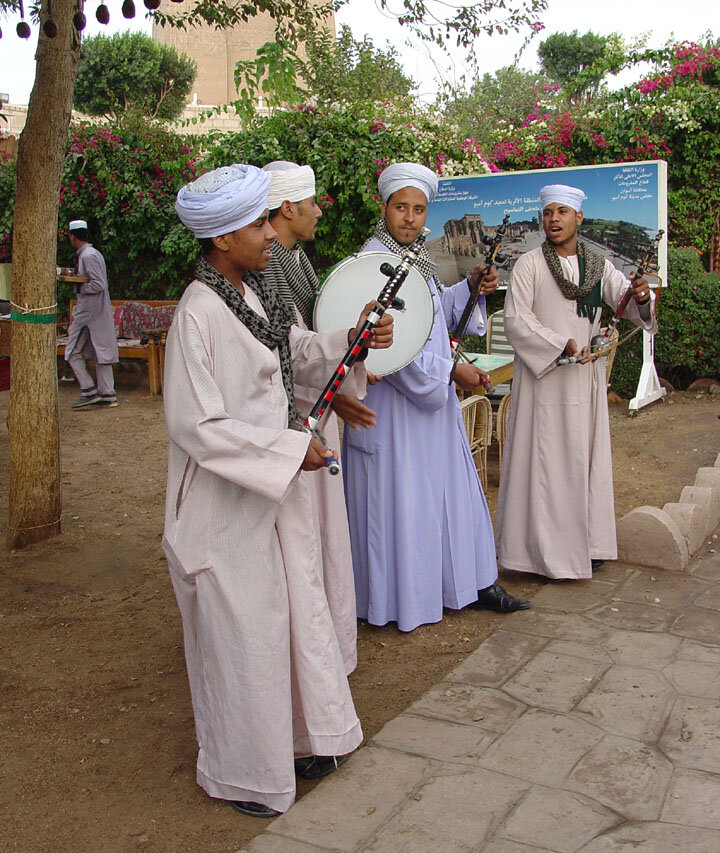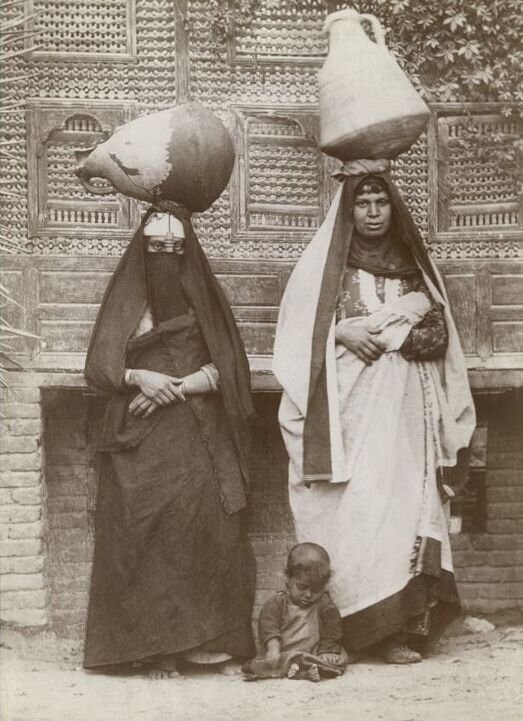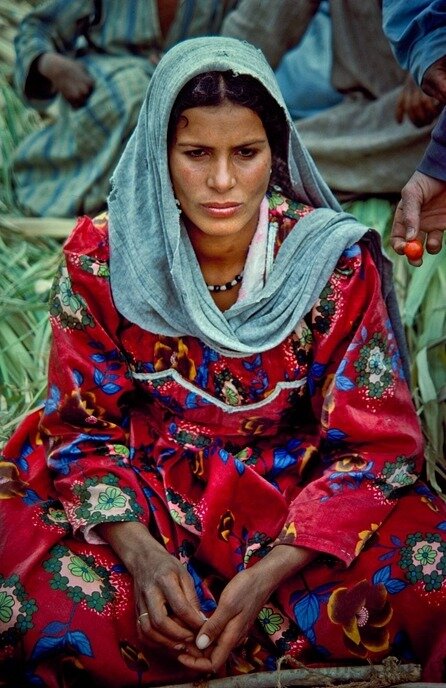A Brief History of the Galabeya, an Icon of Traditional Egyptian Dress
By Kenzy Fahmy
With its wide sleeves and loose-fitting fabric, the Galabeya is an ideal choice of clothing here in Egypt, worn by both men and women, and it should come as no surprise that it can still be seen all over the country until today. It’s light, it’s breezy, it’s incredibly comfortable and is modest enough to be worn anywhere.
Slightly different in cut from the robes worn by other Arab cultures, the Galabeya is the traditional choice for farming (fellahin) communities along the Nile Valley, all the way down to Sudan, Ethiopia and Eritrea, and has been for hundreds of years, if not more.
Worn over an undershirt (kamees) and light cotton pants (sirwal), galabeyas are usually woven out of lightweight cotton for wear during the hot summer months, and a heavier weave of cotton or wool during winter. A turban (‘emma) completes the look, offering protection from the hot summer sun as well as warmth when the weather cools down. The ‘emma is also a symbol of status and authority, and plays a major role in their identity as Egyptian men.
Up until Ottoman rule, and then later European, Egyptians stuck to their traditional dress quite faithfully, with some fascinating variations being seen between the desert tribes, coastal and Nile basin communities. But the galabeya remains an iconic part of the fellahin culture until now. Passing through the green fields lined with Ficus and Palm trees, you’ll often catch farmers with their galabeyas tucked up over their knees, sleeves rolled up and ready for the hard labour that comes with farming.
While the galabeya is worn by both men and women in very similar ways, you’ll find much more variation in the traditional designs women wore depending on which village or area they came from. The women also wore much more brightly coloured and beautifully designed fabrics, often embellished with playful headscarves and jewelry, along with a special kaftan or wrap for modesty and to help them carry things. This has been slowly shifting since the 90s, however, and most women around the country have left behind the bright colours of the traditional galabeyas and wear black dresses and abayas now instead.
What is interesting, although not especially surprising, is that as people living in Egypt’s rural communities move further away from their traditional dress, we find more and more people in the cities working to revive this important part of our heritage. The traditional galabeya is making a comeback in a big way, and people are realizing just how versatile and comfortable they can be, especially in Egypt and other Middle Eastern countries; there’s a good reason it’s been the clothing of choice for Arabs all over the region for hundreds of years.






